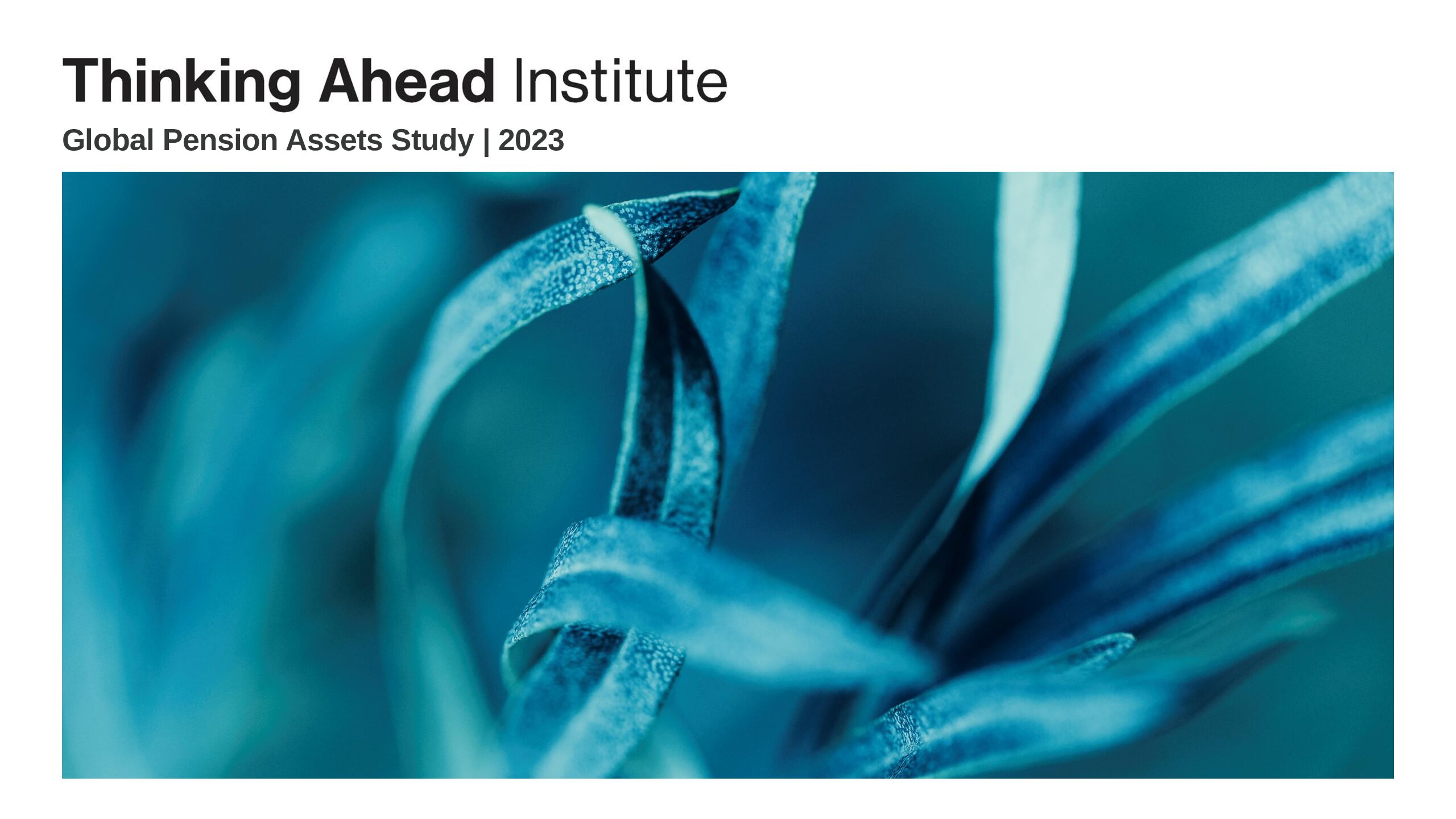About the Study
The Global Pension Assets Study estimates global pension fund assets across 22 major pension markets (the P22). These geographies now stand at US$47.9 trillion in pension assets and account for 62% of the GDP of these economies. The study, conducted by WTW and the Thinking Ahead Institute since the 1990s, includes an analysis of the seven largest markets (the P7): Australia, Canada, Japan, Netherlands, Switzerland, UK and the US comprise 92% of total pension assets, unchanged from the previous year.
Pensions markets are still very concentrated with the 7 largest markets accounting for most of the pension assets in the world.

A new era
A new era is rapidly unfolding, potentially marking the end of cheap money and a long period of low volatility. 2022 was a year of consequences with unparalleled geopolitical tension, a turbulent economic environment and rapid tightening of monetary policy. A period of the economic cycle with a disinflationary headwind has come to an end. Asset owners may find the next period uncomfortable. Regime change will become more apparent during 2023.
Benchmarks
Surging data and benchmarks support a better understanding of relative positioning and best practice. The market has had decades of developing disciplines in financial reporting, but only one decade for non-financial reporting. There is huge scope for reporting and investing standards to become better disciplined, consistent and valuable but it will take a highly coordinated effort by the large global industry bodies, and stronger disciplines in organisations’ reporting and accountability.
Collaboration
Investment organisations move from isolated models to versions that recognize the benefits of collaborations in the value chain. There is a big shift in priorities towards active ownership activities which is enabled by deeper AO-AM engagement and the rise of sustainability NGOs like PRI. Leadership styles are evolving with systems leadership particularly well-placed to produce a change in collective action settings.
Climate
Asset owners are getting ready for the climate challenges, new regulations and reporting rules. Disruptions from climate change contribute to a significant part of the investment risks asset owners will be facing and many asset owners joined the Race to Zero. With the rolling out of new sustainability-related regulations and climate reporting becoming more demanding, asset owners need to be watchful when rebalancing their finite resources. Rightsizing in strategies and resource allocation becomes crucial.
Key spotlight subjects
Last year we experienced, to an extent, a global polycrisis where various risks combined, were amplified as a result, and manifested in significant asset falls. It is our view that these systemic risks will increase in future and will emanate predominantly from environmental, societal and geo-political sources.
Marisa Hall
Asset owners are likely to face substantial challenges in the coming years. The study draws attention to 3 subjects significant to the investment industry and its building resilience.
- Macro uncertainty and systemic risk
Uncertainty has been one of the dominant themes in the investment industry in 2022 with heightened geopolitical tension entangled with slower real economic growth. Organisational resilience will bring a new perspective to an economy that spent a decade improving efficiency and is needing to become adaptable to a more difficult operating environment.
- Investment horizon, fun maturity and pension design
The majority of asset owners are focused on the long horizon and have the resilience to cope with short-term declines, but they may need to re-set strategies for the new conditions ahead where the future outlook is uncertain. Horizon also comes into play when looking at ESG and investing for sustainable impact.
- Stewardship, fiduciary duty and the future of ESG
While the future of ESG is often debated and contested, the direction of change stays the same. Transition to clean energy is speeding up and looking into the future, investment organisations need to readjust their strategies to navigate an evolving ESG landscape.
Read the full report for more detail on asset size, concentration and weighting as well as asset allocation, DB/DC split and more.

